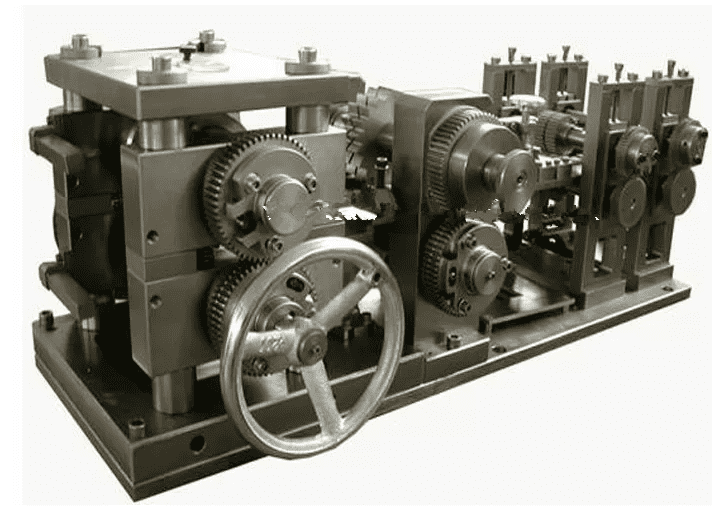- The radiator should not be in contact with any acid, alkali or other corrosive properties.
2.It is recommended to use soft water. Hard water needs to be softened and used to avoid causing the internal blockage of the radiator and the generation of scale.
3.Use antifreeze. In order to avoid the corrosion of the heat sink, be sure to use a regular manufacturer to produce long -acting anti -rust and antifreeze that meets national standards.
- In the process of installing the radiator, please do not damage the railot (chip) and bump the radiator to ensure the heat dissipation ability and seal.
- When the radiator is completely filled with water and then water is injected, the water switch of the engine cylinder should be twisted first. When there is water flowing out, turn it off to avoid blisters.
- Check the water level at any time in daily use. When adding water, slowly open the water tank cover; the operator’s body should be as far away from the water mouth as possible to prevent burns from high-pressure steam from the water outlet.
- In the winter, the core is to prevent freezing the core. For example, when long-term parking or indirect parking, the water tank cover and water switch should be released to release all the water.
- The effective environment of the spare radiator should be ventilated and dry.
9 . Depending on the actual situation, users should completely clean the radiator once in 1 to 3 months. When cleaning, rinse with water to the side with water.
10 . The water level should be cleaned every three months, depending on the situation. Remove each component with warm water and non-corrosive detergent.












